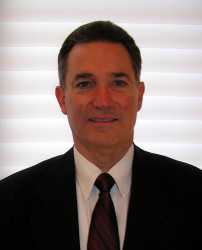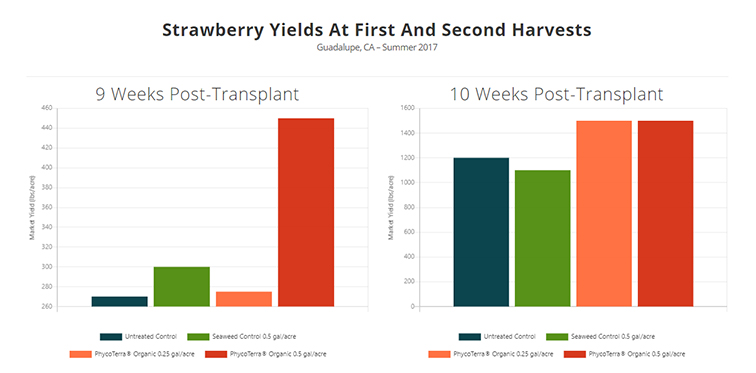Potato Profits

A couple of months ago, Jerry Wright, former CEO of United Potato Growers of America (UPGA), announced his return to lead the grower-based organization. He was instrumental in founding the national organization while serving as CEO of United Potato Growers of Idaho in 2005, according to a UPGA news release.
UPGA has successfully focused on assisting potato growers in the largest potato growing regions of the U.S. to manage their production to meet demand. During Wright’s prior tenure as CEO of UPGA, he helped organize member United cooperatives in Washington, Oregon, Colorado, California, and Wisconsin. American Vegetable Grower recently caught up with Wright to find out more about the organization and its plans for the future.
What led growers to start the United organization in 2005?
The potato industry historically has been very fragmented on the growing side. We were growing potatoes in a vacuum without a real understanding of the demand for fresh potato products by the Wal-Mart’s and the Kroger’s of the world. The distribution side was consolidated, but the growers were not, perpetuating a cycle of habitual overplanting. They were continually finding themselves over supplied.
From 2001 to 2004, Idaho alone lost over a billion dollars. Nationwide, the loss was significantly larger and when you include losses for process growers, it was even worse. It was a non-virtuous cycle that perpetuated itself, getting worse and worse. The growers looked for solutions inside and outside their industry. They knew that “to survive they had to do something different.”
They came together and asked me to help. Under the Capper- Volsted act of 1922, growers have the right to unite and work together on the production, sales, and marketing of their crops. In creating the conjoined chapters, first the nation’s fresh growers came together and within the year, the processed growers joined as well, believing that working together they could make their futures stable.
Why have you decided to return to the organization?
The organization came to me and asked me to lead it. Since I was instrumental in founding the basic strategies, I looked at it and basically said, “We’ve made so much progress from 2005 to date.”
Five out of the last six years have been stable and profitable. They came and said they wanted my help to return to and secure the strategies and principles that we based this whole movement upon, which are the simple economic principles of matching supply with demand. They wanted to go back to the fundamentals. They realized that growers industry wide had become too comfortable with success, and they needed to refocus.
What have been the biggest accomplishments of UPGA over the years?
I think there have really been two fundamental changes. That is evident in the success they’ve had five out the last six years. Prior to 2005, they had catastrophic losses many years in a row. Since the founding of United, they’ve had stable prices and prosperity. That’s probably the most significant accomplishment that any organization could show. The second thing that they’ve done is change the conversation in the industry to one of data-based decisions.
The old model was getting together in a coffee shop or talking to a marketer to get a snapshot of what somebody else thought the fundamentals of the market might be. Today the growers are making their decisions very differently. They are plugged into sophisticated analyses of grower generated information telling them how big of a crop they have nationwide so they know the fundamentals that drive the market throughout the year. Based on that knowledge, they can rationally market their current crop, and intelligently look forward with demand-based forecasts to know what they should plant in the coming year.
How did the organization help potato growers manage production to meet demand?
We have tried to teach correct principles, helping growers understand the consequences of their decisions. They in turn govern themselves. Philosophically that’s how the organization approaches growing. Managing supply requires growers both manage and control what they plant, grow, harvest, and send to the market. They know if they will control these things, they can have positive sustainable prices and make a profit.
What have been the biggest changes to UPGA since its inception?
The biggest changes would have to be the market’s realignment to reflect the new paradigm that the growers have. The market now has a different equilibrium. That’s been a very positive change. The flipside of the whole deal is that with the industry’s new found stability comes apathy. That’s really why the potato growing industry is (on the fresh side at least) in need of a rejuvenation and recognition of what really contributed to their success
In addition, we’ve had rejuvenation in membership. By rejuvenation, I mean many new growers are participating today. Of course, not everyone is going to join, but everyone wants to enjoy the stability and prosperity the movement has generated. There is today a broader understanding of the success that comes through working together. There shouldn’t be the “last man standing approach” that there once was.
Roughly, today we probably have somewhere around 60% to 70% of the fresh growers nationwide and we easily have 80% of the process growers nationwide affiliated and working together. In 2005, literally they were almost mortal enemies. For 70% of them to now be in the same room talking about the data, the industry and the crop cycles is evidence of the fundamental change that I’ve been talking about: They’re working together.
What do you hope the organization will accomplish in the future?
I think that one of the things that we want to do is to emphasize that today we’re not trying to fix something, because it’s not broken. We do want to continue to refine the principles. We have to improve execution and provide greater sustainability and stability. Potato farmers are good, hardworking people. They really are one of the many pillars of the great American economy.
In the end, our long-term goal is to produce a vibrant and sustainable growing industry. We want to feed our growing population, and play our part as the backbone of a successful, stable, and profitable potato industry. If potato growers are not stable, sustainable, and profitable, we’ll lose them. So, what we’re really trying to do is create a positive future for the grower, and support the U.S. economy.










